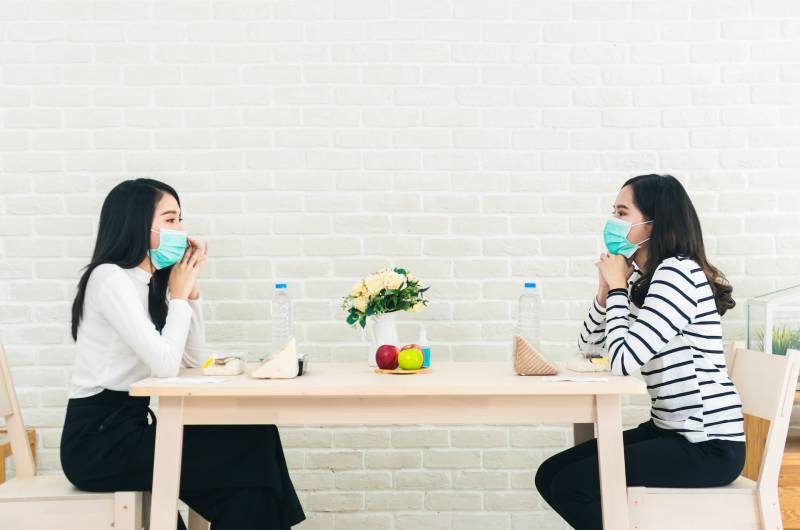San Francisco restaurants can prepare to offer indoor dining as soon as Sept. 30 as the city and county moved from the state’s coronavirus red tier designation to orange. Earlier this month, San Francisco Mayor London Breed, in coordination with health and economic city officials, announced the city expects to commence indoor dining at 25% capacity for up to 100 people, while using both state and local indicators for coronavirus infections. The state’s four-color tier system, ranging from purple, red, orange and yellow, factors in new daily cases and total infection as a percentage of the county’s population. San Francisco’s indicators get more granular accounting for hospitalization data, contact tracing capacity, testing, and PPE supply.
The city is developing its own indoor dining guidance working closely with the Golden Gate Restaurant Association. “We were pleased today to see that as expected San Francisco has moved into the state’s orange tier,” wrote a representative from GGRA. “We have been working closely with the city on indoor dining guidelines and are looking forward to the release of that final Department of Health guidance tomorrow.” Though, in theory, restaurants could open for limited capacity dining as soon as tomorrow, it’s expected that businesses will take longer than that to digest and adjust to the guidelines which were released today.
"I don't plan on opening up for [indoor dining]. It just doesn't make sense for financially," said Kim Alter, owner and chef at Hayes Valley restaurant Nightbird. "I want to take a breath, see how everyone else is, go eat at a couple places and see what my comfort level is."
Alter, who's a key member of the Bay Area Hospitality Coalition, reviewed the guidelines along with her peers ahead of its release. Even still, she's not convinced about the practicality of indoor dining for many restaurants like hers, mentioning that more casual corporate restaurants are the ones opening right now. "I think a restaurant that has a bigger footprint, that they could fit in more dinners," she said of who this could work for. "For me, I could have 10 dinners [at limited capacity]," she added explaining that it would be one of her worst business days by pre-COVID standards.
Her priorities are more for towards building parklets, which she isn't in a rush to do either since that comes with its own complications and costs she said. "I would lose less money if I closed," Alter said because of increased insurance and other overhead costs.
